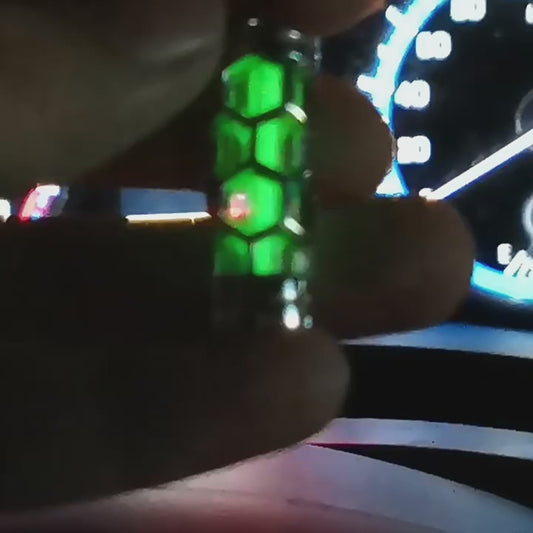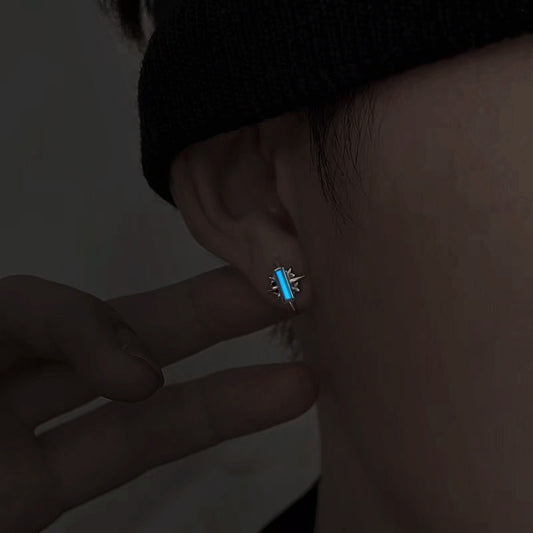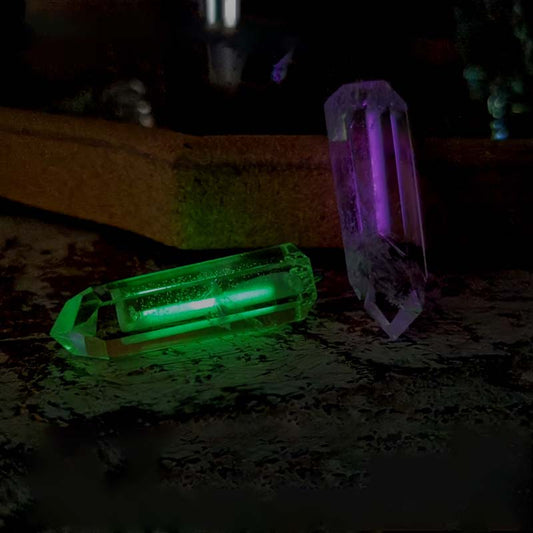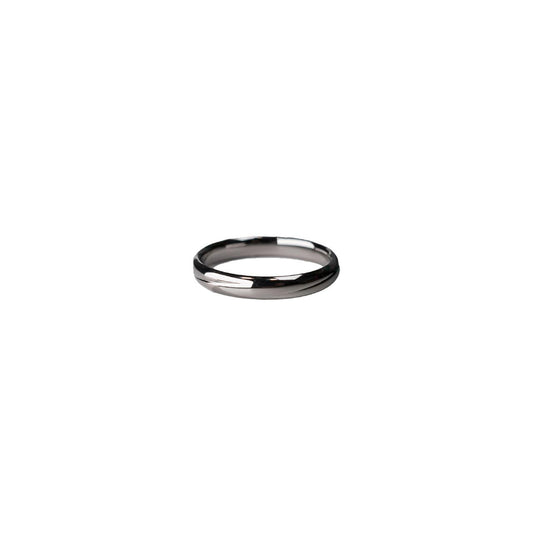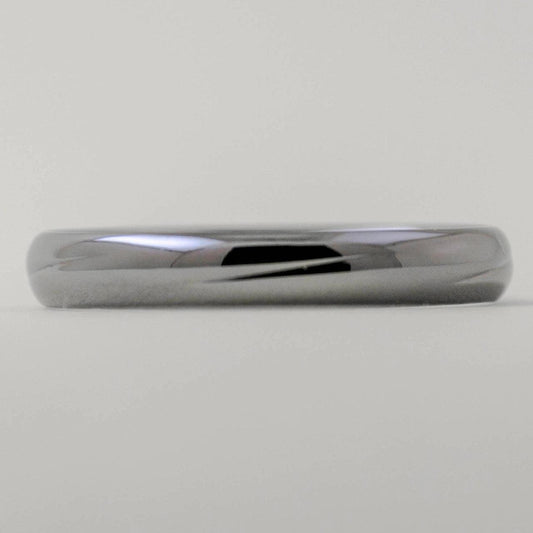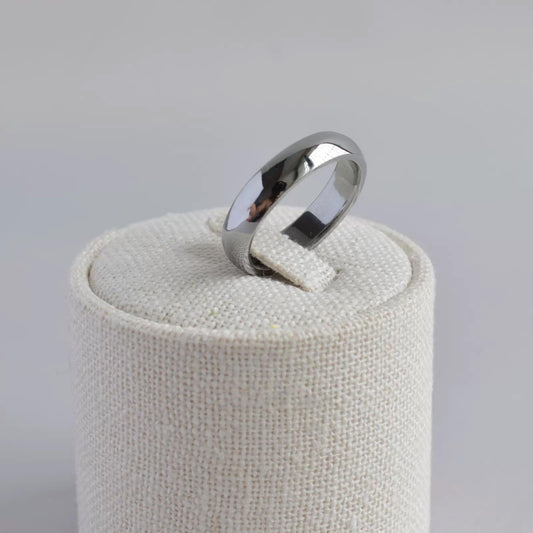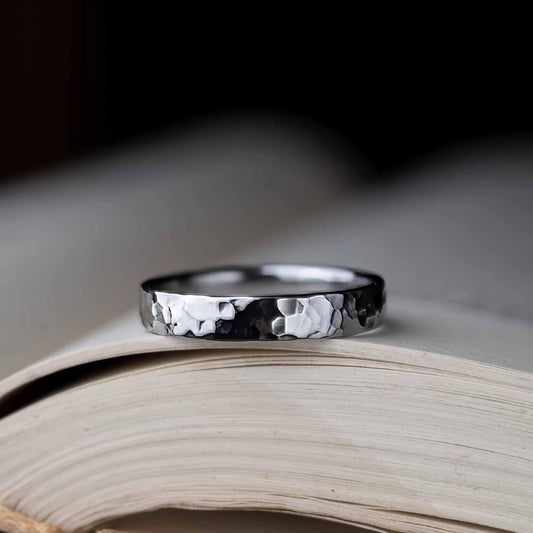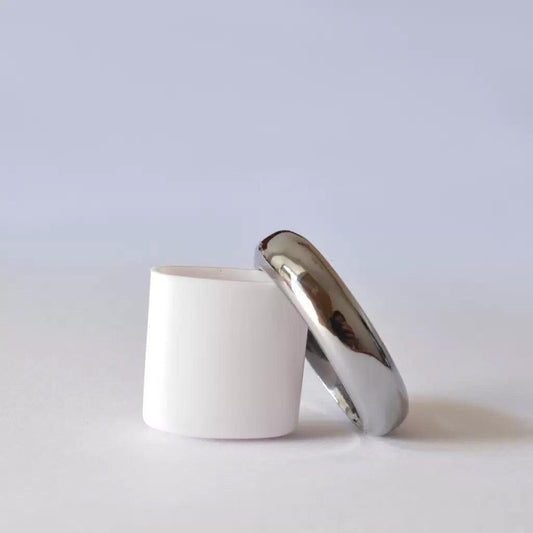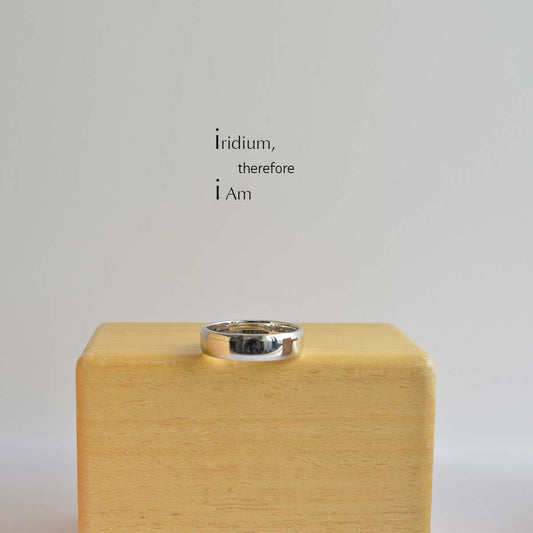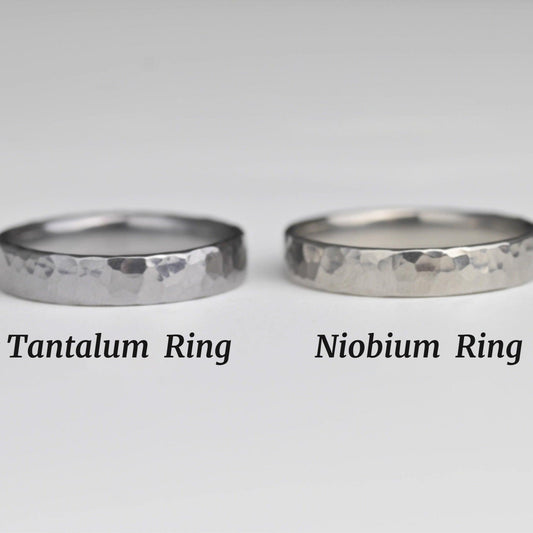The Language of Rings What Your Fingers Say
The Language of Rings What Your Fingers Say
There's something enchanting about rings. They're not just pieces of metal or bands adorned with jewels. They carry stories, meanings, and even whispers of the past. I remember my grandmother's house, a quaint little place filled with the aroma of fresh cookies and stories untold. She had a collection of rings, each placed meticulously in a velvet-lined box. To her, they weren’t just decorations; they were a language of sentiment and history, each worn on a specific finger for a reason.
In Western culture, the finger on which a ring is worn can convey a multitude of meanings. The most recognized is perhaps the fourth finger on the left hand—the "ring finger." Wearing a ring here typically denotes engagement or marriage, a tradition that dates back to the Romans. They believed this finger had a vein that led directly to the heart, making it the perfect symbol of love and commitment. As a kid, I found this notion quite romantic, although a tad skeptical—how does a vein know its way to the heart?
On the other hand, literally, wearing a ring on the right hand can signify a range of things, from personal achievements to cultural affiliations. For instance, a ring on the right ring finger is often used to symbolize an engagement or wedding in countries like Russia and India. I found it fascinating that geography could flip the narrative of the same gesture, much like an accent changes the feel of a language.
Then there's the index finger, the one pointing towards ambition and leadership. In many cultures, wearing a ring here was an indicator of authority or class. The middle finger, often overlooked in terms of symbolism, is sometimes chosen simply for aesthetic reasons—it provides a central, balanced look. My aunt had a penchant for chunky rings on her middle finger, claiming it balanced her slightly lopsided hand gestures. I often wondered if there was a deeper story there or just a flair for the dramatic.
Moving to the pinky finger, where rings have historically represented professional or societal status. Signet rings, often worn on the pinky, were once used to seal documents with a personal emblem. Even today, people in certain professions may sport a pinky ring as a badge of honor or family heritage. My cousin, freshly graduated from engineering school, wears his iron ring proudly on his pinky, signifying his entry into the world of ethical engineering practices.
Thumb rings are perhaps the most eclectic of all, often chosen for their boldness. In many cultures, they are associated with wealth and influence, but today, they often symbolize freedom and individuality. I remember trying on a wide, silver thumb ring once and feeling oddly powerful, like I could conquer my insecurities with just that tiny piece of metal.
Rings can be deeply personal or wildly traditional, dependent on the person, their background, and their whims. They speak a silent language that we interpret through culture, history, and personal flair. So the next time you slip on a ring, consider the message you're sending. Or better yet, ponder the story behind someone else's—there’s a richness to discover in these tiny circles.


